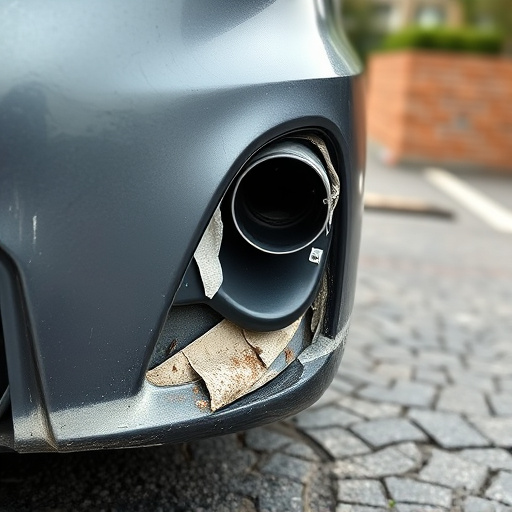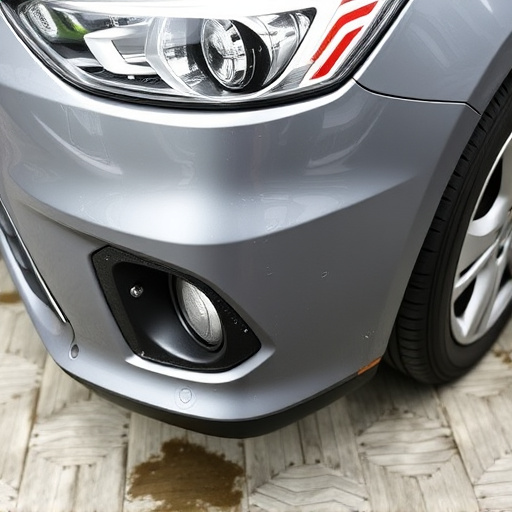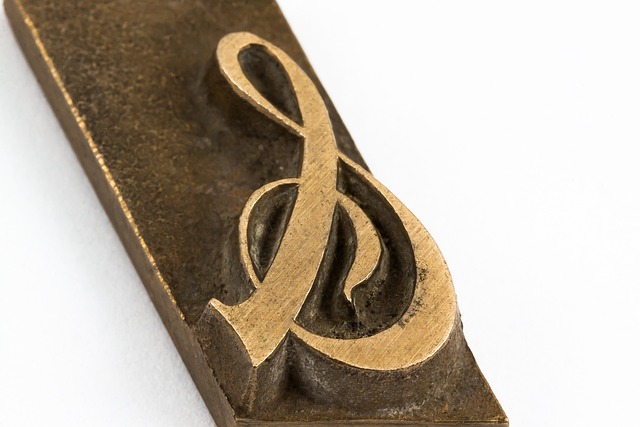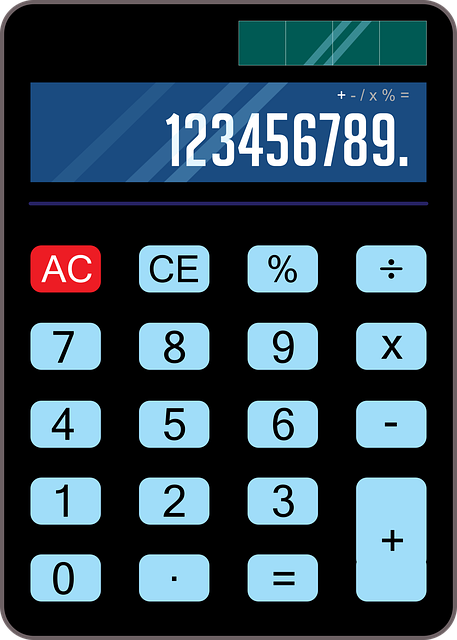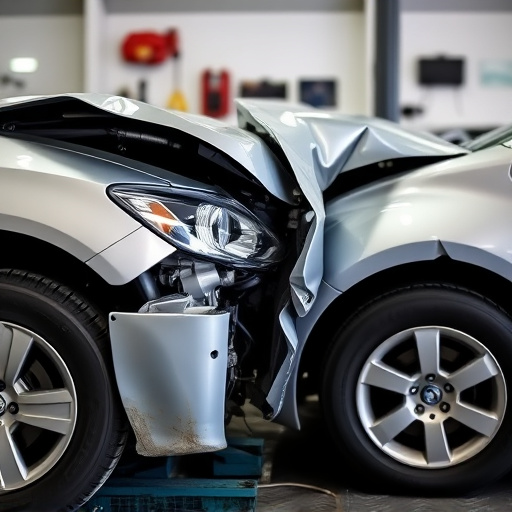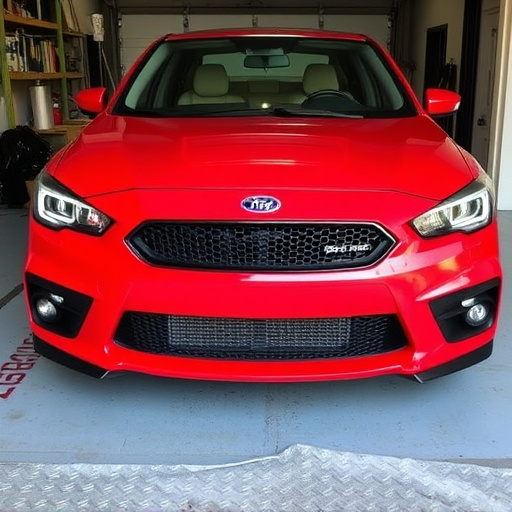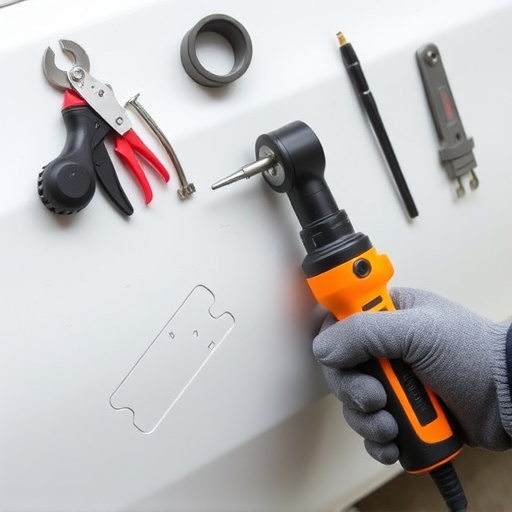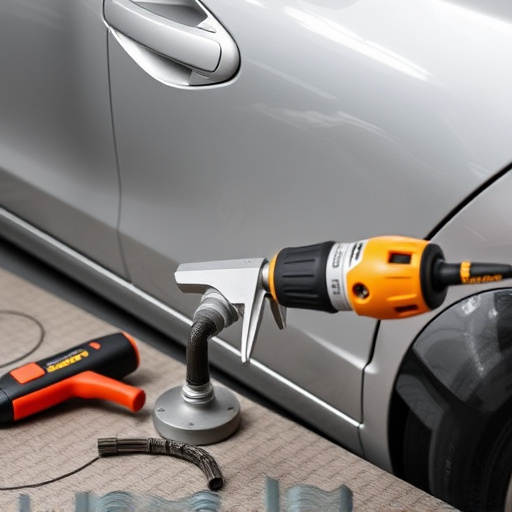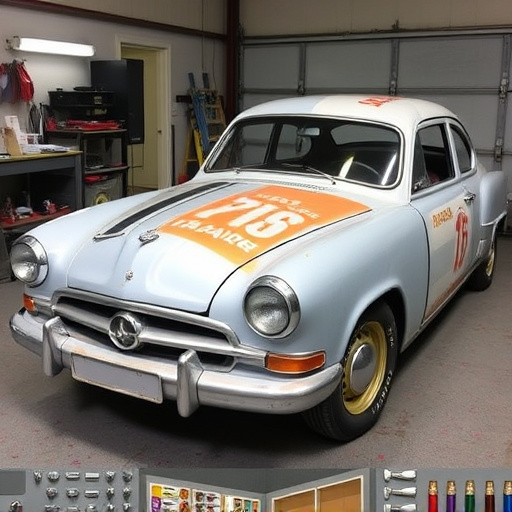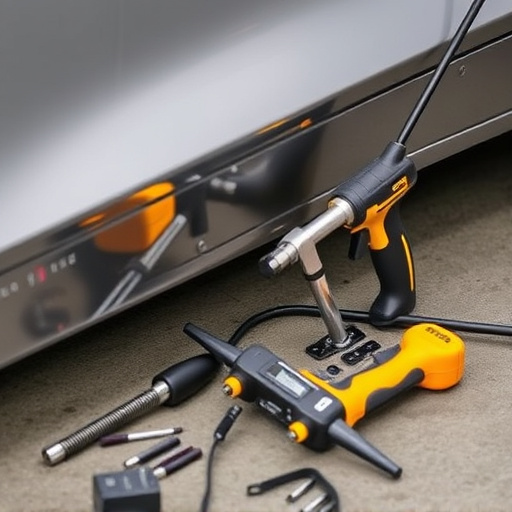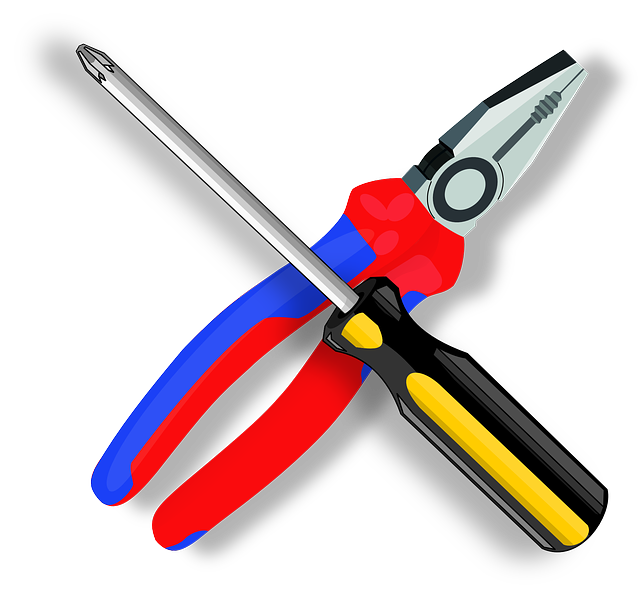ADAS recalibration glass is vital for maintaining the accuracy and reliability of Advanced Driver Assistance Systems (ADAS) in modern vehicles. It ensures proper sensor alignment and optimal system performance for features like adaptive cruise control, lane-keeping assist, and automatic emergency braking. Aftermarket repairs require this specialized glass to prevent calibration errors and preserve the original equipment's functionality, enhancing driver confidence in advanced safety systems.
“The integration of Advanced Driver-Assistance Systems (ADAS) is transforming modern vehicles, enhancing safety and driving experience. However, aftermarket fixes pose unique challenges regarding ADAS recalibration. This article delves into the crucial role of ADAS recalibration glass as a key component in ensuring optimal system performance. We explore the benefits and intricacies of using aftermarket ADAS glass, emphasizing the importance of precise installation for driver and vehicle safety.”
- Understanding ADAS Recalibration Glass: A Key Component
- Aftermarket Fixes: Benefits and Challenges with ADAS Glass
- Ensuring Safety and Accuracy in ADAS Recalibration Glass Installation
Understanding ADAS Recalibration Glass: A Key Component
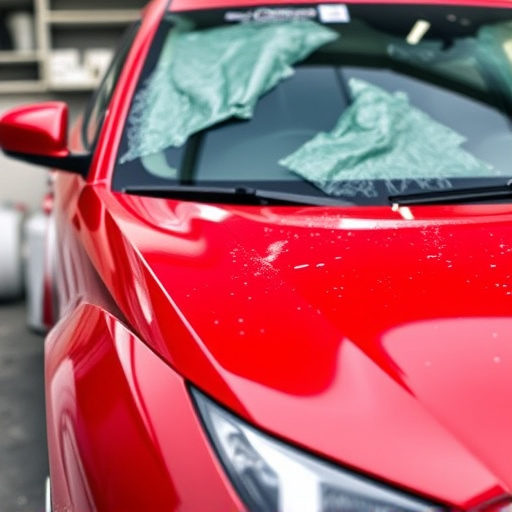
ADAS Recalibration Glass plays a pivotal role in modern automotive technology, particularly in ensuring the accuracy and reliability of Advanced Driver Assistance Systems (ADAS). This specialized glass is designed to calibrate sensors, cameras, and radars that power features like adaptive cruise control, lane-keeping assist, and automatic emergency braking. When aftermarket fixes or repairs are performed on a vehicle, proper recalibration becomes crucial.
In the realm of vehicle repair and classic car restoration, ADAS Recalibration Glass is an indispensable tool. During automotive restoration, any modifications or part replacements can disrupt the delicate balance of these sophisticated systems. Therefore, it’s essential to use this specific glass during the recalibration process to maintain optimal performance. This ensures not only enhanced safety but also a seamless driving experience for owners of restored vehicles.
Aftermarket Fixes: Benefits and Challenges with ADAS Glass
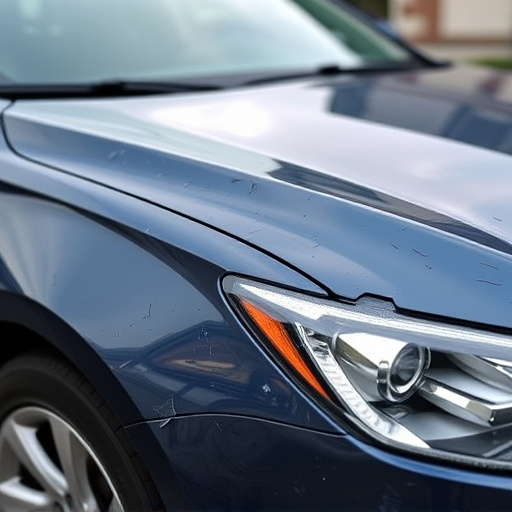
Aftermarket fixes involving auto glass replacement or frame straightening can be a cost-effective solution for vehicle owners looking to restore their cars after an accident or damage. However, when it comes to Advanced Driver Assistance Systems (ADAS), such as lane departure warning or adaptive cruise control, simply replacing the broken glass isn’t enough. This is where ADAS recalibration glass becomes essential.
The challenge with aftermarket fixes for ADAS components lies in maintaining the system’s accuracy and functionality. Unlike conventional auto glass replacement, recalibration ensures that sensors behind the glass are properly aligned and calibrated to function optimally. This is crucial as even a slight misalignment can affect the overall performance of safety features, potentially compromising the driver’s experience and the vehicle’s safety capabilities. ADAS recalibration glass offers a solution by providing pre-calibrated glass options tailored to specific vehicle models, ensuring that aftermarket fixes do not detract from the advanced safety systems originally designed into modern vehicles.
Ensuring Safety and Accuracy in ADAS Recalibration Glass Installation
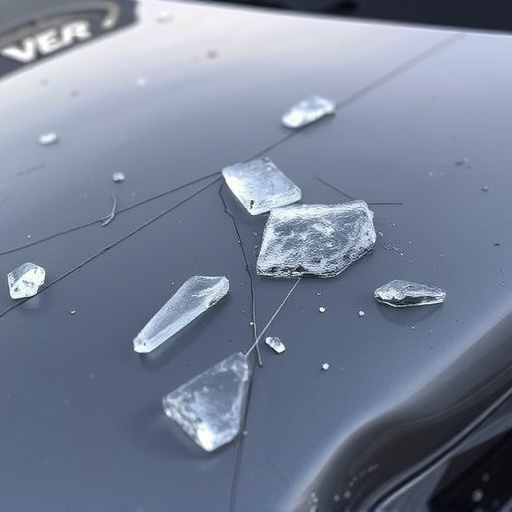
When installing ADAS recalibration glass for aftermarket fixes, ensuring safety and accuracy is paramount. This specialized glass plays a crucial role in the proper functioning of Advanced Driver Assistance Systems (ADAS), which include features like adaptive cruise control, lane departure warning, and automatic emergency braking. Improper installation can lead to faulty sensor readings, compromising both vehicle safety and driver assistance capabilities.
To guarantee precise recalibration, collision repair shops must adhere to strict protocols. This involves using high-quality glass that meets original equipment manufacturer (OEM) standards, along with calibrated tools and equipment. Skilled technicians should perform the installation, meticulously following the manufacturer’s guidelines. Regular training on ADAS systems and their sensitivity to calibration errors is essential for maintaining optimal performance and safety in vehicle dent repair and car collision repair scenarios.
ADAS recalibration glass plays a pivotal role in ensuring the safety and effectiveness of advanced driver-assistance systems (ADAS) after aftermarket fixes. By offering precise calibration capabilities, this specialized glass allows for accurate restoration of sensor performance, maintaining the integrity of critical safety features like lane departure warning and adaptive cruise control. As the demand for aftermarket modifications continues to grow, proper installation practices and high-quality ADAS recalibration glass will be essential in preserving both vehicle functionality and driver confidence on the road.
